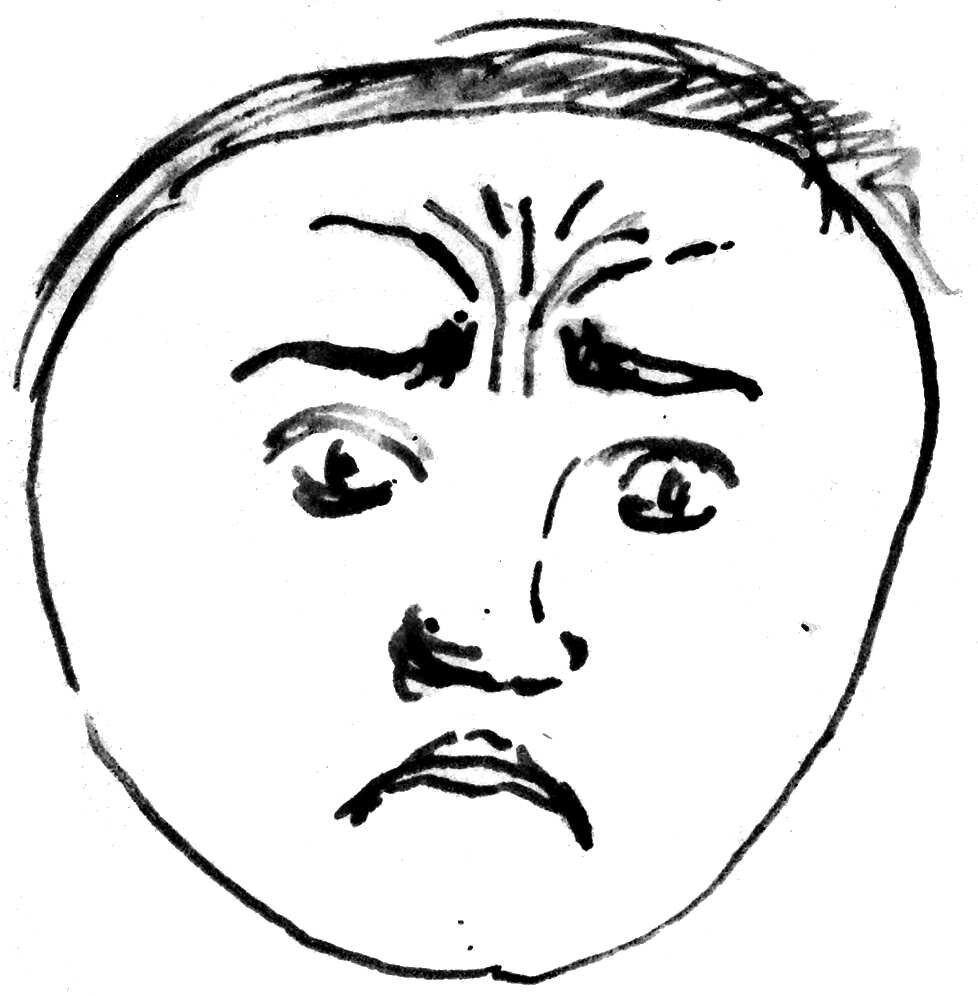From Margaret Susan Vaughan Williams to Henrietta Emma Darwin [after 14 October 1869]1
Down Ampney | Cricklade
My dear Henrietta
I am afraid you will think I have taken a long time in answering your questions, but we do find it so hard to observe Baby’s expression accurately, & besides I seldom can attend to his eyebrows, when he is crying and I am wanting to comfort him.2 I see my own eyebrow corners go up perfectly, and we are almost sure his do the same in a less degree—when he is going to cry—but the transverse wrinkles on the forehead not straight but waving downwards the lines converging towards the nose. I cannot draw a face in the least.

Baby crys with tears now and certainly has done so for a long while, but when he began I cannot tell.
He is just over 6 months old.3 I wish I could answer Uncle Charles questions better, but if we can observe further more accurately, I will write again— I return the “Young Person”.4
Thank you for your Photo: I like it very much indeed We have been very busy with our garden since we got home, it seems hard when we work so much, that we produce such very small results.
I am so glad I met you and Bessie at Leith Hill, it is such a long while since we met.5 How did your letter get to me when you had only put Down Ampney & some postmaster added Cricklade!6
With best love to Aunt Emma & Bessie7 | Your affec. | M. Vaughan Williams
CD annotations
Footnotes
Bibliography
Correspondence: The correspondence of Charles Darwin. Edited by Frederick Burkhardt et al. 29 vols to date. Cambridge: Cambridge University Press. 1985–.
Expression: The expression of the emotions in man and animals. By Charles Darwin. London: John Murray. 1872.
Summary
Describes expression of her baby when crying.
Letter details
- Letter no.
- DCP-LETT-6535
- From
- Margaret Susan Wedgwood/Margaret Susan Vaughan Williams
- To
- Henrietta Emma Darwin/Henrietta Emma Litchfield
- Sent from
- Down Ampney, Cricklade
- Source of text
- DAR 180: 4
- Physical description
- ALS 4pp † (by CD)
Please cite as
Darwin Correspondence Project, “Letter no. 6535,” accessed on 20 April 2024, https://www.darwinproject.ac.uk/letter/?docId=letters/DCP-LETT-6535.xml
Also published in The Correspondence of Charles Darwin, vol. 17


